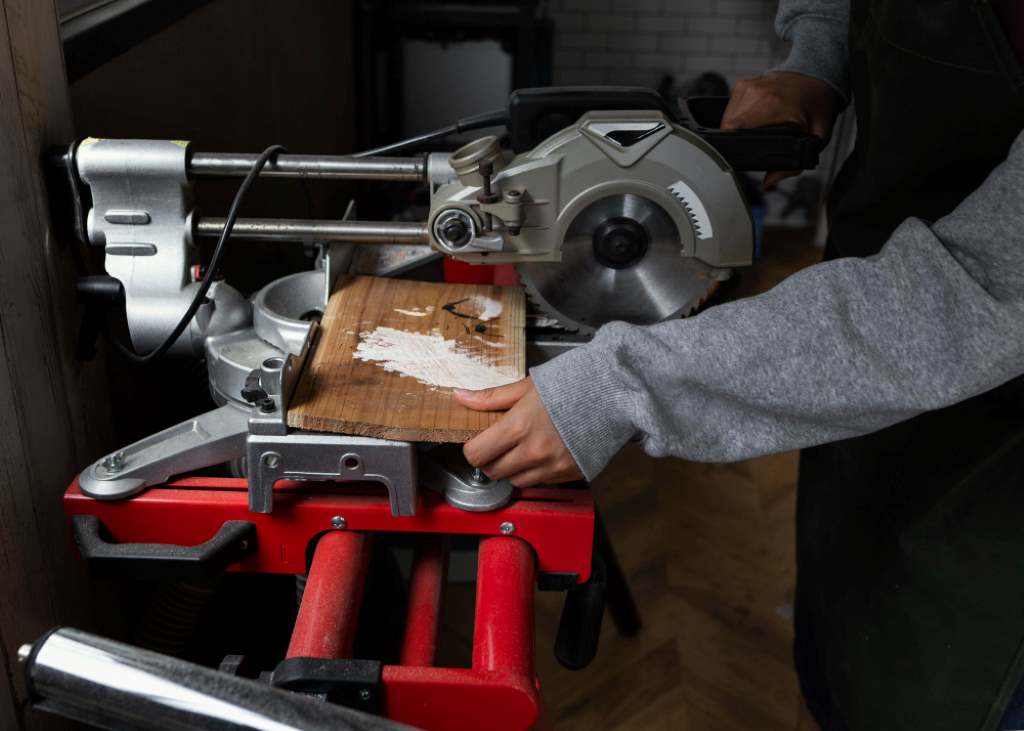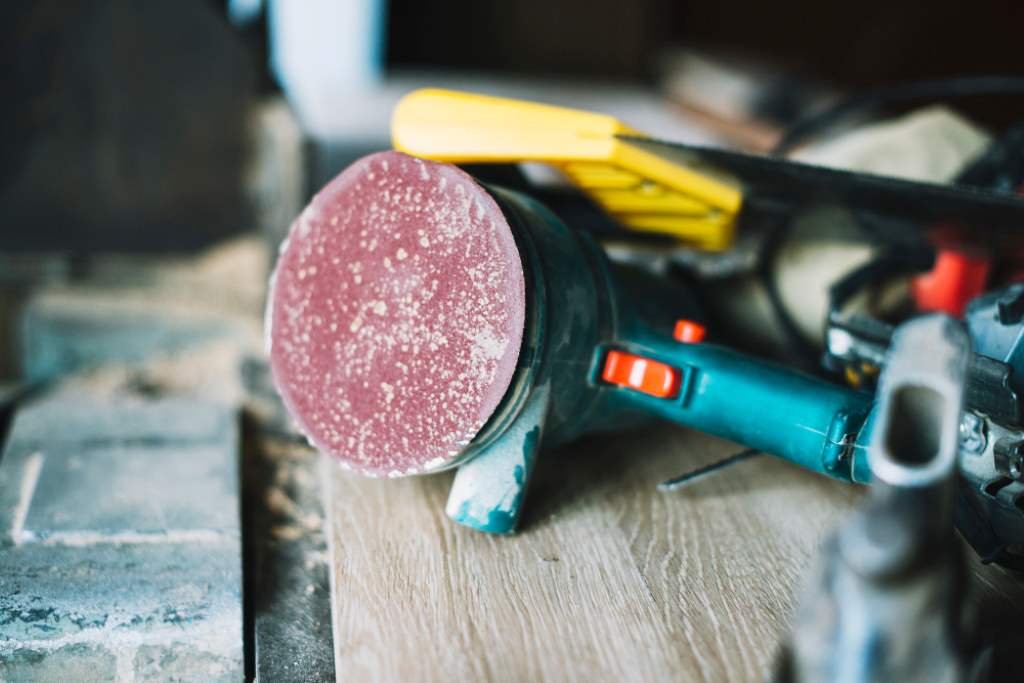If your angle grinder is overheating quickly, you’re not alone. It’s a common issue faced by both DIYers and professional tradespeople. Overheating not only reduces the tool’s lifespan but also poses safety hazards and interrupts your work. Whether you’re grinding metal, cutting tiles, or polishing surfaces, a hot grinder can slow you down or even cause injury.
In this guide, we’ll explore the reasons why your angle grinder overheats, how to cool it down quickly, and the best practices to prevent overheating in the future. Let’s dive into the most practical solutions that can keep your tool running cooler and longer.
Why Is Your Angle Grinder Overheating So Fast?
Before learning how to cool down your grinder, it’s important to understand what causes it to overheat in the first place. Here are the most common reasons:
1. Prolonged Use Without Breaks
Grinders are high-speed tools that generate a lot of friction. Continuous usage without allowing the motor to rest causes excessive heat buildup.
2. Blocked Air Vents
Most angle grinders rely on airflow to stay cool. If dust or debris clogs the air vents, it restricts airflow, causing the motor to overheat.
3. Overloaded Motor
Using too much pressure or forcing the grinder on a tough material puts extra strain on the motor. This increases energy draw, which generates heat rapidly.
4. Worn-out Bearings or Brushes
The internal components such as carbon brushes or motor bearings can wear out over time. Faulty parts can cause resistance inside the motor, which leads to overheating.
5. Incorrect Disc Type or Size
Using the wrong size or type of disc can cause imbalance, inefficient cutting, and increased friction—resulting in a hotter tool. Discover Best Tools For Cutting Different Materials.
How to Cool Down an Overheating Grinder
When you notice your grinder getting too hot to hold, don’t ignore it. Taking the right steps can not only prevent permanent damage but also restore its performance. Here’s how to cool it down fast:
1. Stop and Unplug the Tool
As soon as you notice excess heat or a burning smell, stop using the grinder and unplug it. Continuing to use it may burn out the motor or cause internal wire damage.
2. Let It Rest in a Ventilated Area
Place the grinder in a shaded or well-ventilated space. Avoid leaving it in direct sunlight or on a metal surface, as it retains heat. A fan or gentle airflow can help speed up the cooling process.
3. Inspect and Clean the Air Vents
Use a can of compressed air or a small brush to clean out dust and debris from the air vents. Keeping vents clear helps improve airflow and reduce heat buildup.
4. Check and Replace Carbon Brushes
Worn-out brushes are a major cause of heat in older grinders. If you notice sparking or poor power performance, open the motor housing and inspect the brushes. If they’re less than 5mm long or chipped, replace them.
5. Use Water for Wet Grinding (If Applicable)
Some grinders are compatible with water cooling systems, especially when cutting tiles or concrete. Water significantly reduces heat and dust. Just ensure your grinder is rated for wet cutting to avoid electrical hazards.
Best Practices to Prevent Grinder Overheating
Prevention is always better than cure. Once you’ve cooled down your grinder, use the following tips to stop overheating from recurring.
1. Work in Short Bursts
Give your grinder a short break every 10–15 minutes of continuous use. This allows the motor and internal components to cool naturally and reduces thermal stress.
2. Avoid Excess Pressure
Let the grinder do the work. Pressing too hard slows down the motor and creates extra friction. Use steady, moderate pressure for smoother, cooler operation.
3. Use the Right Disc for the Job
Match the disc type and size to your grinder’s specifications and the material you’re working on. For example, use a segmented diamond blade for cutting concrete, not a metal cutting disc.
4. Regular Maintenance Schedule
- Clean air vents weekly if used regularly.
- Inspect brushes monthly.
- Lubricate bearings as recommended by the manufacturer.
- Check the power cord for wear or burns that may affect voltage flow.
5. Choose a High-Quality Grinder
Invest in a tool with an overload protection system or automatic shutoff. Some newer models come with cooling fans, better heat sinks, and thermal monitoring, helping reduce the chance of overheating.
When to Replace Your Grinder
If your grinder continues to overheat despite cleaning, resting, and replacing parts, it may be time to retire it. Here are signs your grinder might be beyond repair:
- Persistent burning smell during use
- Motor stops working even after cooling
- Heavy sparking or smoking
- Grinding speed reduces significantly
- Physical damage like melted vents or cracked housing
Trying to use a severely damaged grinder can lead to electric shock or fire. If repairs cost more than a new unit, replacing is often the safer and smarter option.
FAQs
Q: How long should I let my grinder cool down?
A: 10–15 minutes in a ventilated space is usually enough. For heavy-duty jobs, allow 20–30 minutes between uses.
Q: Can overheating damage my grinder permanently?
A: Yes. Prolonged overheating can melt wires, damage the motor windings, and reduce the lifespan of internal components.
Q: Is it safe to use water on an overheating grinder?
A: Only if your grinder is designed for wet use. Never apply water to a regular electric grinder—it’s a serious safety hazard.
Q: How can I tell if the carbon brushes are worn out?
A: Reduced power, sparking, or a grinding noise from the motor often indicate worn brushes. Open the housing to inspect and measure them.
Final Thoughts
Angle grinder overheating is a fixable and preventable problem—if you know what to look for and how to respond. Simple habits like giving your tool breaks, cleaning air vents, and using the right discs can dramatically reduce overheating risks. Regular maintenance also plays a huge role in the health of your grinder.
So, the next time your grinder starts heating up too fast, don’t panic. Follow the steps above to cool it down, inspect it thoroughly, and adopt smarter usage techniques. Your tools will thank you—and so will your workflow.
Need More Tips? Bookmark this blog for regular updates on power tool maintenance, safety, and repair tips. Keep grinding smart—and stay cool out there.





Leave a Reply